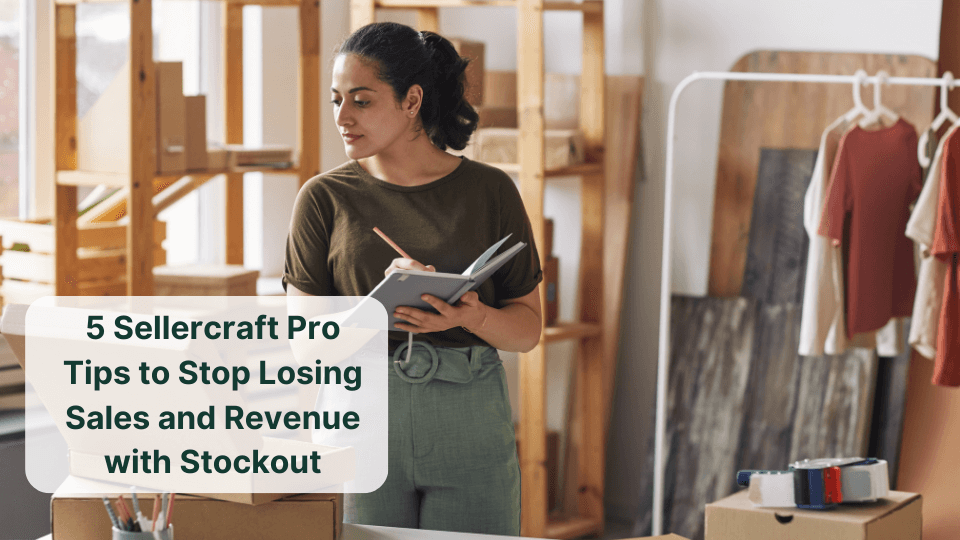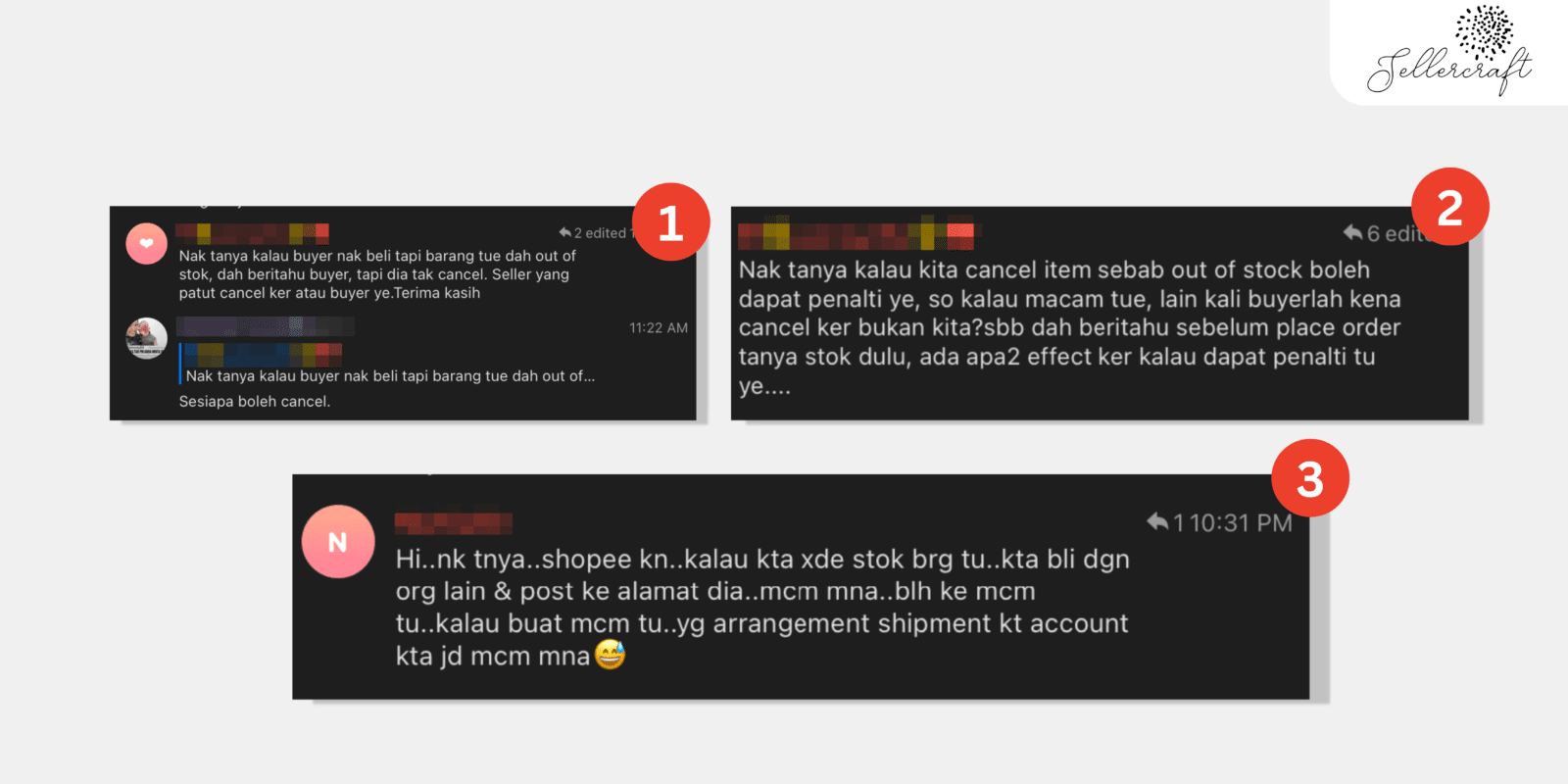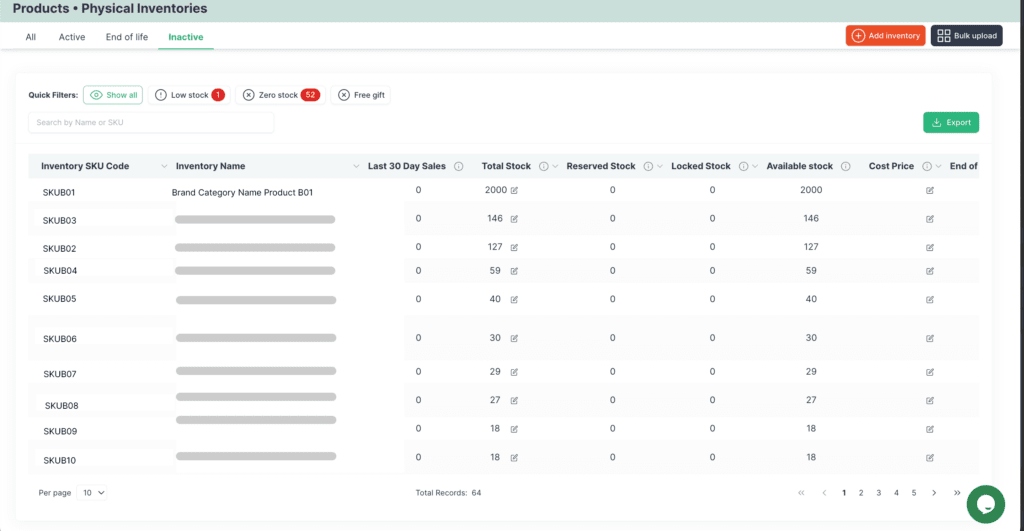

We all can relate to the disappointment of wanting a product and not being able to find it in-store or online. Whether it's a t-shirt or any other item, when it's no longer available, it can be a frustrating experience.
The inconvenience of going to another retailer can also be time-consuming and lead to settling for a product that is not exactly what we wanted or not getting the product. It's an all too common scenario, and it's frustrating.
What is stockout?
Stockout, frequently known as out-of-stock (OOS) or inventory shortages, occur when a product is unavailable for purchase due to a lack of inventory and typically refer to retail stores running OOS rather than other points in the supply chain. Fast-moving consumer goods industries are particularly susceptible to stockouts. On the other hand, an overstock situation occurs when a company has excessive inventory on hand. OOS can be a crucial obstacle for shoppers and retailers. It is a frustrating experience for both customers and retailers. For shoppers, it leads to disappointment and inconvenience, while for sellers, it results in missed sales opportunities and can harm their business reputation.

The scenarios happened to Malaysian Sellers when they encountered stockout issues
" I would like to ask if there was a buyer that wants to buy, but the item has already sold out. I informed the buyer, but she still did not cancel. Is the seller the one who should proceed with the cancellation or the buyer? Thank you."– Seller 1.
“I would like to ask if we (sellers) cancel the item because of an OOS issue, will we get the penalty? If so, is the buyer who needs to cancel, not the seller? I have already stated in the product description before purchasing, whereby the buyers need to ask about stock first. Will there be any effect if we get the penalty because of this issue?” – Seller 2
“Hi, I have a question regarding Shopee. If our customers ordered the items that are out of stock, is it okay if we buy the same item from other sellers? We only need to post the items to the buyer's address. Can we do that? And what will happen to the shipment arrangement at our account?” – Seller 3
Imagine the scenarios if your physical or online stores had multiple stockout issues. Aside from financial losses, the negative impact of a business interruption can extend far beyond just revenue, losing customers' loyalty, damage to the company's reputation, and overall dissatisfaction among customers.
Want to reduce stockout in your e-commerce marketplace platforms? Learn how in this guide.
What causes stockout?
Stockouts occur because of various factors, many of which are preventable. Below is a list of common causes of a shortage in stock:
- Inaccurate inventory data: Human error, technical error, shipment issue, misplaced products, theft, and product damage.
- Poor cash flow management by the retailer limits the value of monthly orders.
- Unforeseen spikes in purchasing.
- Lack of demand forecasting due to a lack of data on the stock turn, sell-through, historical sales, promotions, seasonality, and the economic climate.
- Poor employee training in monitoring stock levels and performing replenishment of the inventory.
- Inefficient processes for stocking shelves and placing replenishment orders.
Negative effects because of stockout
- Customer dissatisfaction experience: Some customers might understand, but most customers will not understand this issue. However, if this situation keeps recycling, it will cause poor customer experience and loss of customer loyalty.
- Lost customers: The customers may lose trust and begin to see the store as unreliable, which leads to customers seeking other options such as back-ordering, waitlisting, or shopping elsewhere. Advertising a specific item but running out of stock can also lead to mistrust, as customers may question the availability of advertised items. The circumstance will affect future advertising efforts and can impact customer retention rates.
- Losing sales: The main impact of stockouts is losing sales because customers can’t purchase them. As a result, the business can’t make money unless it receives more stock. Regardless of how many people want to buy an item or how much someone is willing to pay for it, you can’t make the sale if you can’t give them the product. As OOS creates poor customer service, this will lead to fewer sales in the future if customers decide to purchase items from other companies instead.
- Business reputation: Stockout can harm your business, whether it is physical or online business. However, if you operate on e-commerce marketplace platforms, it is easier for the customer who experiences stockout issues to leave negative reviews on your shop. As a result, the score or rating of your shop drops and harms your reputation. Negative feedback can also cause the development of a negative perception of your business among friends and family of the customer. Additionally, when they can't find the product they want at your store, their loyalty to your business will move to our competitors.
5 Tips to Prevent Losing Sales and Revenue Because of Stockout
Understanding Demand
Predicting demand can vary considerably among retailers. For example, a store that sells camping supplies can expect a higher demand for summer and winter gear during the correlated seasons. Even if a company does not sell seasonally, there are still ways to prepare for sudden requests and prevent stockout. To plan for an increase in demand, firstly, sellers can determine the lead time or the amount of time it takes for a product to arrive from a supplier. By the understanding lead time, sellers will have a better forecast of when new supply will arrive in the event of an increase in demand. One way to determine the lead time is by comparing purchase times with arrival times.
Configuring stock alert
One way to avoid stockouts is to set up systems that notify the retailer when inventory levels are approaching a level that could lead to a shortage. These stockout alerts can help the sellers to determine when and how much to reorder and anticipate and prevent demand surges during peak shopping periods.
Enhance safety stock
Safety stock refers to additional inventories that retain on hand as a buffer against out-of-stock. However, if your safety stocks' levels are also running low, it may be necessary to increase them. Importantly, consider the cost of carrying extra inventory when making this decision. Some retailers may decide on the amount of safety stock based on intuition, but common practice is to keep seven to 14 days' worth of safety stock. The exact calculation for safety stock will vary depending on the industry and the types of sold products.
Set up a recheck system
Implementing a double-checking system for all inventory counts can decrease the likelihood of stock shortages caused by human mistakes. For instance, if staff manually verify the stock of specific products every week, conducting a secondary check in the middle of the week can decrease the occurrence of missing items.
Use Sellercraft - Smarter Tools to Improve Your Sales & Place You Ahead of Your Competition

Sellercraft OMS Inventory Management
How Sellercraft helps improve your e-commerce business reputation:
Sellercraft is an intelligent, real-time, and reliable tool. It syncs data like products, content, prices, and stock by connecting all your e-commerce stores into Sellercraft, supporting TikTok Shop, Lazada Shopee, Zalora, Shopify, WooCommerce, Magento, and many more! It makes it easier for sellers to manage their stock responsibly. A computerized system like Sellercraft can control your inventory. Thus at the same time, establishing rechecks can help ensure data accuracy. Furthermore, it also improves your team’s productivity by reducing inefficient workflows. Sellercraft provides you better way instead of time-consuming manually checking.
Furthermore, it also improves your team’s productivity by reducing inefficient workflows. Sellercraft gives you a better way instead of a time-consuming process and eliminates the mistakes of your inventory data. By breaking up the counts into smaller chunks, businesses can cycle through their entire inventory frequently, which can help to detect errors or identify areas where they may be understocked.
On top of that, Sellercraft also gives you clear visibility on inventory forecast. One of the features is it able to give you stock alert about the low stock, zero stock and demand products. You can able to manage to restocking or avoid losing on potential sales items. As a result, your e-commerce performance improves your sales and revenue.
Conclusion
In conclusion, stockouts, also known as out-of-stock or inventory shortages, can be a main obstacle for retailers and customers. They can occur due to various factors, including inaccurate inventory data, poor cash flow management, lack of demand forecasting, insufficient employee training, and inefficient processes. The harmful effects of stockouts include customer dissatisfaction, loss of customers, lost sales, and harm to a business's reputation. A tool like Sellercraft can help prevent stockout by connecting all e-commerce stores and syncing data, allowing for more accurate inventory management and reducing inefficient workflows.
Follow our social media pages :
Latest Post